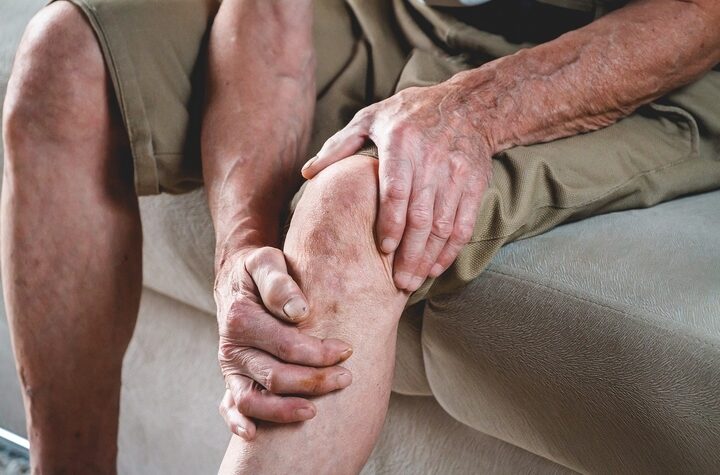Bob went snowboarding last weekend. Unfortunately, there was a patch of ice he did not anticipate leading to a slip and fall. He was ultimately okay: he walked away with no broken bones. Sorry, it was more like he hobbled away with no broken bones. It turns out that Bob had a sprained knee. While Bob is fictitious, this could happen to anybody. Although not everybody wants to hit the slopes like Bob, there are plenty of other ways one could sprain a knee: participating in a sport, getting hit in the area, or accidentally falling and twisting your knee. It is important to determine when your knee is sprained versus simply a bit sore.
A knee sprain results from one of four major knee ligaments stretching too much or partially tearing. These four ligaments include the anterior cruciate ligament (ACL), posterior cruciate ligament (PCL), medial collateral ligament (MCL) and lateral collateral ligament (LCL). Together, they stabilize your knee joint and allow you to bend and straighten your leg. There are three grades of strains which differ in severity: grade 1 (mild damage but can still keep your knee joint stable), grade 2 (ligament is loose), and grade 3 (complete tear and the knee joint is unstable).
If your sprain is a grade 3 sprain, you likely would know. In that case, it’s best to check in at a chiropractic clinic for help. If you need more information, learn about these five common sprained knee symptoms and causes:
Sprained Knee Symptom #1: Pain

It is no surprise that the first symptom of a sprained knee is a pain in the area. The pain will have varying degrees of severity depending on the grade of the potential sprain, your pain tolerance, and the shock in your system. In a typical case of a knee sprain, the pain can be described as dull and throbbing for mild sprains and sharp and constant for severe sprains.
The pain may go away when you are at rest but will most likely return immediately when your knee is moved. Although the degree of pain may vary, this is usually the first sign that something is wrong and that you should get your knee checked out.
Sprained Knee Symptom #2: Swelling and discolouration
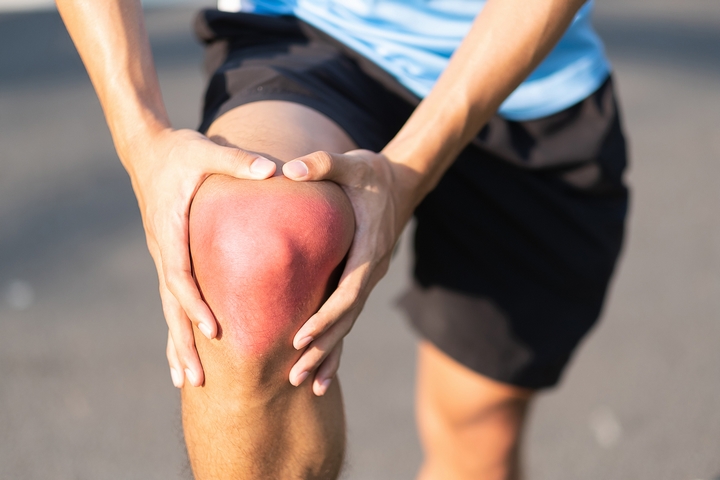
Next up after the pain is the swelling. Once again, like the pain, swelling depends on several factors, such as how severe the sprain is, how long ago the injury was sustained, and other drugs and medication you may be on. Swelling results from increased fluid and white blood cells in the injured area. These fluids and blood cells are meant to heal and repair your injury, although the annoyance swelling may be.
Discolouration often concerns victims of a knee sprain due to the drastic purple-bluish hue. Similar to swelling, the severity of the discolouration depends on several reasons. Bruising occurs due to the bursting of blood vessels underneath the skin when your ligament is damaged.
Sprained Knee Symptom #3: Popping
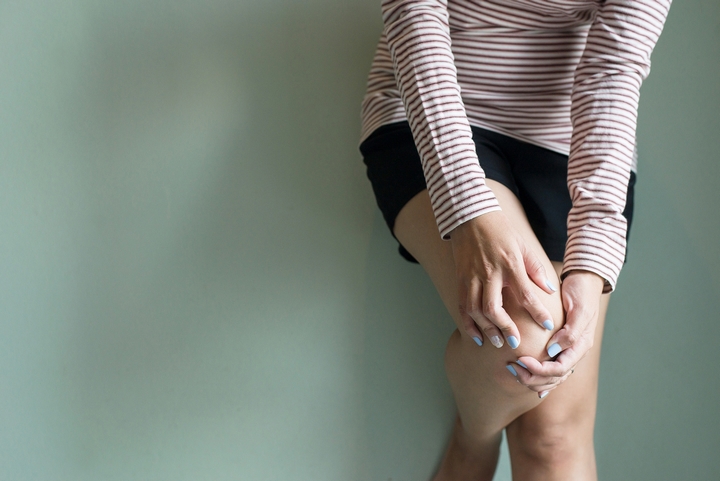
Although you often hear stories about joints making a popping or snapping noise at the time of injury, it is not a myth. S knee sprain often is accompanied by a popping sound, especially in athletes. When the knee is injured, an athlete may be able to hear a pop or a snap at the moment of the sprain indicating that one of the major knee ligaments was torn. This suggests a more serious sprain and is highly suggestive of a third-grade sprain.
Sprained Knee Symptom #4: Weakness
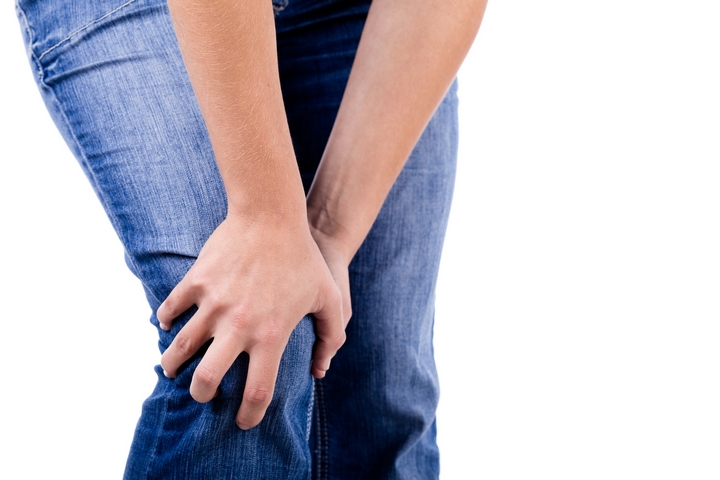
When an injury to the ligament in the knee, the inflammation, pain, and tenderness can make it difficult for the knee to bear weight, even your body weight. If you notice that whenever you put weight on the affected leg, your leg “buckles,” and you can not stand, walk, jump, or run, this is a likely sign that you have a sprained knee.
The extent of your knee weakness will, once again, depend on how severely you injured your knee and how badly damaged the ligaments in your joint are.
Sprained Knee Symptom #5: Limited range of motion
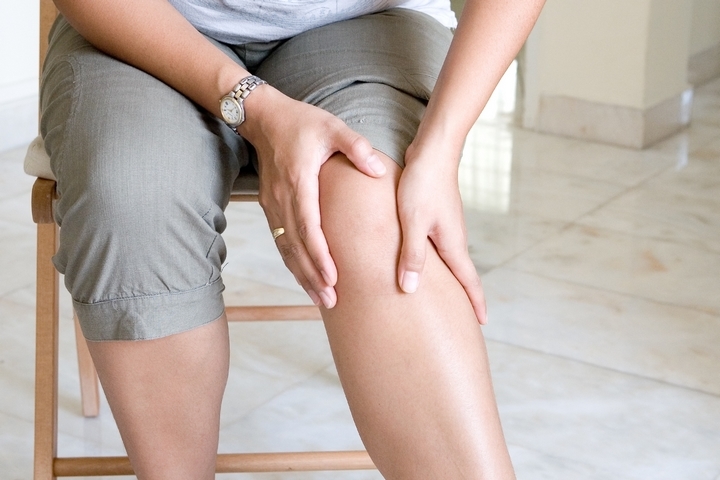
Due to the swelling and pain in the area and the weakness of the knee ligaments, your range of motion has likely declined. This can be evident if you are having trouble bending your knee or moving it about as you normally would in your day. In a sitting position, attempt to straighten your knee to its full extent. If you cannot, or you have to grit your teeth in pain, this indicates a sprain.
Medical professionals have been trained to diagnose, treat, and monitor injuries. Knee sprains are no exception. With their tools and knowledge, they can determine the injury’s severity and the best course of action and prescribe any medication that may be needed in the healing process. They may recommend x-rays, MRI scans, or arthroscopies to best evaluate your needs.

